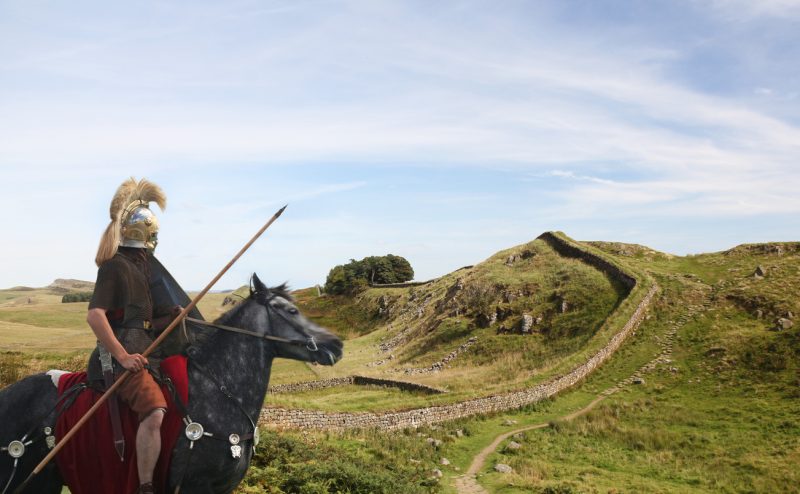The Roman Empire’s success, like that of many empires, was closely linked with its ability to expand. Rome’s history was borne of conflict, and for hundreds of years, this tactic paid off well. After conquering most of what was, to the Romans, the known world, problems of sustainability soon arose.
Eventually, the expansion had to stop. When Emperor Hadrian took to the throne, he faced the challenge of an empire that had seriously overextended itself and was struggling to hold on to its gains. Whether in Africa, modern-day Germany, or Northern England, the Romans had to dig in to hold on to what they had gained.
In Northern England in 122 AD, the Roman effort to retain their conquests took the form of Hadrian’s Wall – a series of forts, outposts, towers, ditches, earthworks, and walls that formed the border between Roman lands and those of the various Celtic tribes to the North.
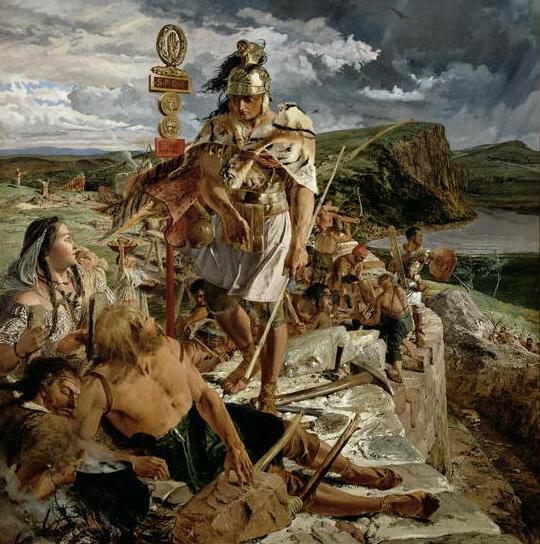
However, the 80-mile wall itself was not a purely military fixture. In fact, it contained numerous features of Roman civilization, including bathhouses, religious spaces, and nearby civilian settlements. In many ways, it was meant to control movement rather than entirely prevent it.
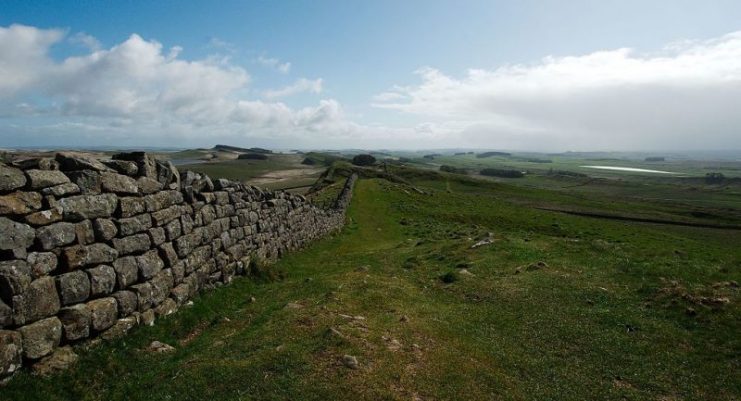
Numerous gates in the wall allowed for some migration as well as significant trade to take place in its vicinity. It was essentially meant to unite and strengthen an already existing network of forts, camps, and towers that had been built over the previous decades. Militarily, its most significant features were as follows:
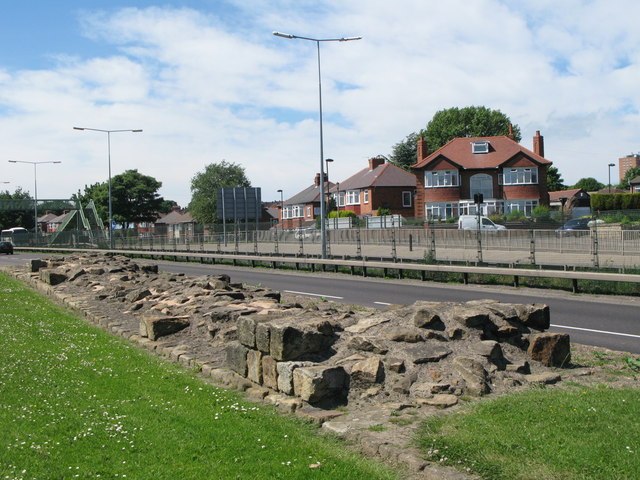
“Most of the Wall was to be built in stone, but the western 30-mile section was in turf. In front of both was a substantial ditch, except where crags or rivers made this unnecessary. At each mile a gate was protected by a small guard post called a milecastle.
Between each pair of milecastles lay two towers (turrets), creating a pattern of observation points every third of a mile. The stone wall, with a maximum height of about 15 feet (4.6 metres), was 10 Roman feet (3 metres) wide, wide enough for there to have been a walkway along the top, and perhaps also a parapet wall. The turf sector was 20 Roman feet (6 metres) wide.”
– Description from english-heritage.org.uk
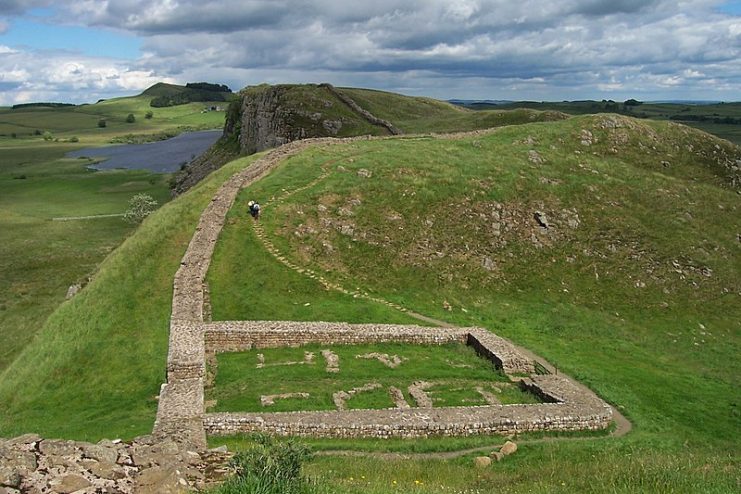
Additionally, several forts were built ahead of the turf section of the wall, and throughout the length, forts were built into it. Wherever possible, it took advantage of natural features like hills and rivers. Finally, an earthwork was built on its Southern side.
Remarkably, this project was completed over the course of only about six years with the use of around 15,000 men from three legions as laborers. After construction had been completed, auxiliaries, irregular, and cavalry units were used to man the wall.
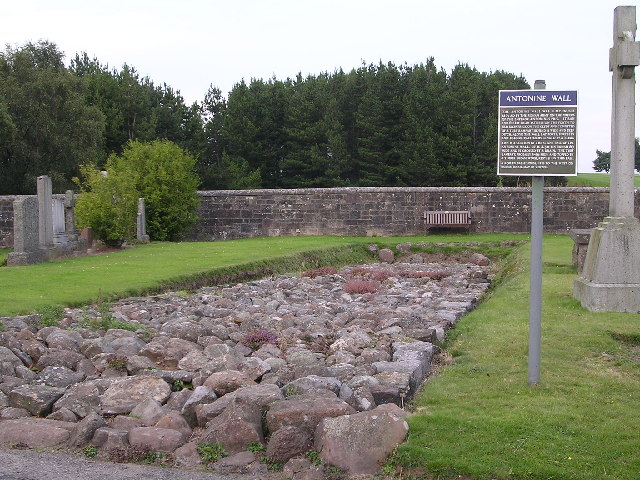
It should be noted that Roman occupation briefly extended further North into modern Scotland, and Emperor Antoninus Pius even built another wall, this time of earthworks rather than stone, at the Firth of Forth in an attempt to protect these gains. The Antonine Wall, which began to be constructed around 20 years after Hadrian’s Wall, was only occupied for about eight years before being abandoned.
Although Septimius Severus tried to reoccupy the Antonine Wall in 208, that effort was abandoned after several years and so the Antonine Wall is generally not considered as historically significant as Hadrian’s Wall.
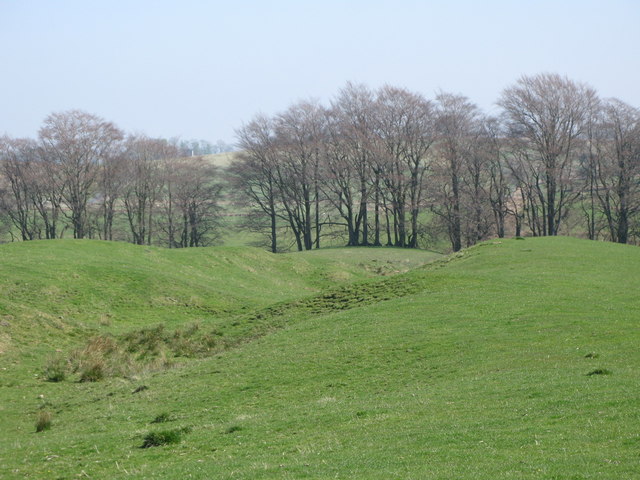
The Celtic peoples to the North, who were sometimes referred to as Caledonians or Picts in later sources, fought fiercely against Roman occupation, even breaking through Hadrian’s Wall in 180 AD and pillaging lands South of it. In this attack, the Roman general was stationed at the wall and many of his men were killed.
It is clear that, although it probably served as a useful deterrent, it had some weakness that Celtic tribes could exploit. There are a few records of other attacks being attempted.
Although it is likely that this led to some changes in the wall and regulars being dispatched to reinforce it and push back the Caledonians, it appears that the wall was manned until the end of Roman Britain in the 5th Century.
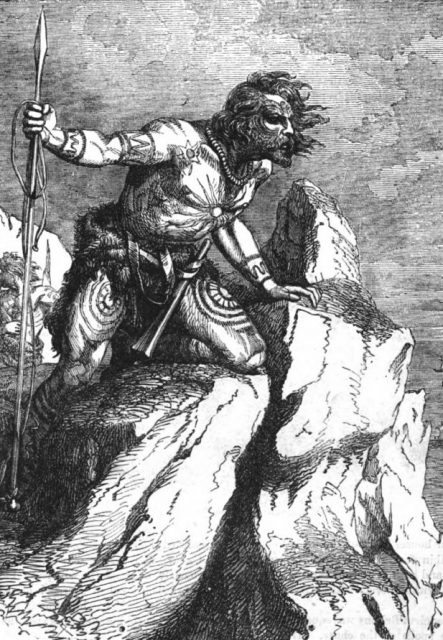
Today, the walls and forts still stand in many areas and form one of the UK’s most significant tourist sites. The UN has designated Hadrian’s Wall a World Heritage Site for its historical and cultural significance, and it is often considered one of the most impressive remaining Roman structures in the world. It should be noted that, although the wall today is near the Scottish border, it does not actually form the border and never has done.
Work is still continuing to uncover more information, including details of its construction, changes that may have been made over the years, and the settlements that arose around it. These new discoveries may well expand our knowledge not only of the wall but of Roman culture as a whole.
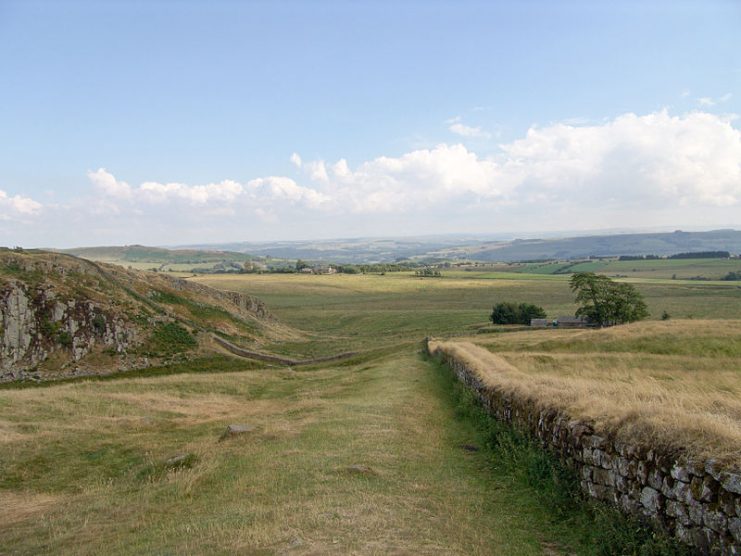
Last year, archaeologists were excited to find 25 wooden tablets containing messages from Roman soldiers stationed at the wall, and these have provided greater insight into the day-to-day life of Roman soldiers. Unfortunately, little is known about the settlements at this time except that they included significant numbers of civilians and partook in trade across the wall and with other parts of the Empire.
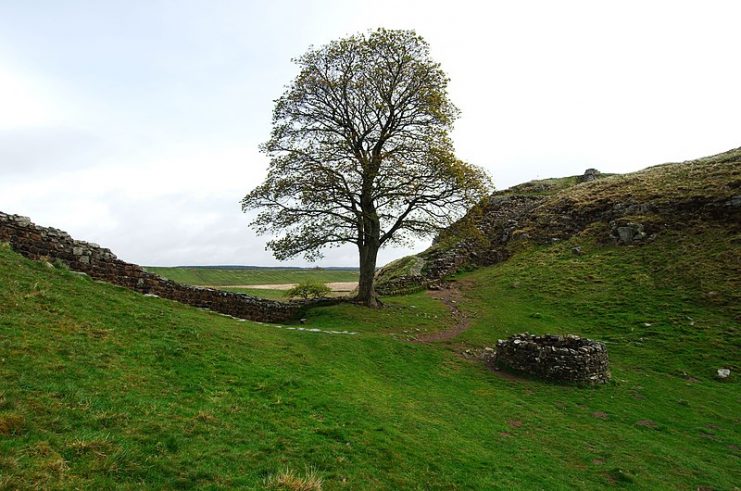
Despite it being one of the most well-known artifacts of Roman Civilization, archaeological digs are still quite active, and in many ways, the wall has attracted new interest over the last decade. It will be exciting to keep an eye on what new information emerges in the next few years!
